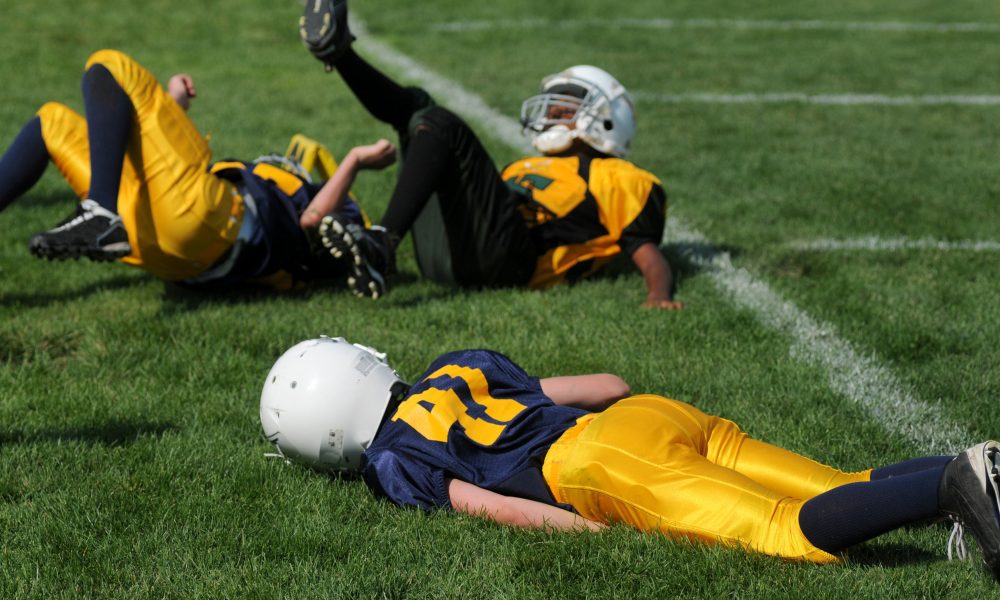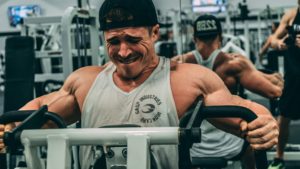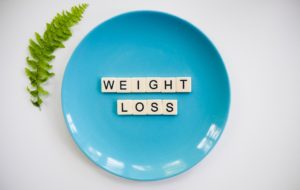
The Training Frequency Guide You Wished You Read Earlier
The Training Frequency Guide You Wished You Read Earlier High frequency training is catching popularity quickly, but many old school bros and their diehard fans

We’ve all heard the mantra that weight training is bad for kids. According to soccer moms across America, strength training with weights will injure their kids, smash their precious bones, and stunt their growth, making them shorter than a malnourished Oompa Loompa.
In fact, if you look up any viral video of kids or teens lifting weights, the comment section is filled with angry parents arguing against it.
They usually say something along the lines of, “Bruh! Weight training will hinder bone growth in kids that are still growing. Blah, blah, blah…”
Is there any evidence to support this claim or are many parents just believing a big fat myth?
We’re about to find out, but first I wanted to clarify something. In this article, I’ll be using the terms weight training, strength training, and resistance training interchangeably. They’re all essentially the same thing, but different social circles use different terms which can be quite confusing.
Anyways, on with the article!
Bones in children have a growth plate made of mostly cartilage usually at each end of the bone. As kids age, these growth plates extend their bones, eventually get calcified, get completely replaced as full bone tissue, and then closes off, preventing further growth (1,2).
That’s basically how our limbs go from itty bitty hot dogs to walking windshield wipers.
Unfortunately, once this process ends, you can’t get taller and what’s worse is that this process ends sooner than what you’ve been told. You might have heard from overly encouraging people that you don’t stop growing until your early 20’s. That’s wishful thinking at best and a complete lie at worst.
Complete fusion of the growth plates ends at about 12-16 years of age for females and 14-19 for males (3). Of course, there are occasional exceptions outside of this range, but generally speaking, the average human just doesn’t grow any taller after High school.
There’s no special exercise, magical food, or secret technique on the internet that can get around this fact. Once your growth plates are complete, your height has peaked.
The only way a child’s growth is stunted is if their growth plates get severely damaged or fractured. Research shows this doesn’t happen when lifting weights with good form, but is far more likely to happen with other sports (4).
Growth plate injury is greater with jumping sports because they produce forces up to 5-7 times your body mass (4). A sport like basketball requires you to jump dozens of times a game, sometimes absorbing all the impact on one leg. This doesn’t even account for the impact of running and absorbing contact from other players.
When looking at muscle and bone injuries, other sports are also much worse than lifting weights. A review showed American football is 27 times more injurious than lifting weights (4). Wrestling was also shown to be more injurious and so is gymnastics among many other sports. Pretty ironic because many parents often put their kids in one of these sports as a way to get them stronger without having to deal with the supposed joint risks of resistance training.

Nobody bats an eye at a kid playing a traditional sport that’s evidentially more dangerous, but loses their mind if they see a kid curling a light dumbbell.
In strength training (with supervision from a good coach of course), everything is scalable. You can adjust the load according to a child’s capacity. You can switch exercises to fit their anatomy better.
Traditional sports on the other hand are more injurious and put growth plates at a higher risk (even with a good coach in place) because impact is not easily controllable or scalable towards the child.
If you’re a parent with a kid in traditional sports, you’re probably freaking out right now. Let me clarify before moving on.
I’m not saying traditional sports are bad and that they’ll damage your child’s growth. The point I’m making is that lifting weights definitely does not stunt growth because research shows it’s infinitely more bone friendly than common traditional sports.
In fact, the science is overwhelmingly clear that resistance training has numerous benefits for kids and can even enhance height.
A review looking at exercise and growth plates concluded exercising and applying load to growth plates is healthy and must be done to maximize height especially during puberty years (5). It also found height potential won’t be achieved with inactivity or calcium deficiencies.
Another study looking at resistance training and height growth found lifting doesn’t hinder height and is hormonally beneficial in children (6).
Growth plate development has also been found to be dictated by anabolic hormones which we know are one of the many benefits of lifting (2).
Another review looking at weight training and youth growth concluded weight training is safe and does not negatively affect height, not even in pre-puberty years (7).
Another study looking at bone development and exercise in youth found muscle mass is the most important predictor of bone development (8). This means lifting weights might possibly be the very best physical activity children can do because it builds far more muscle than traditional sports.
Finally, a systematic review found muscular fitness is associated with less fat, more muscle, improved heart, and bone health in children and adolescents (12).
And pretty much every other study looking at this topic as a whole found resistance training for children can improve motor skills, strength, coordination, and sports performance while decreasing injuries. (4,9,10,11).
Strength training is not going to stunt your kids’ growth. The research shows traditional sports have a higher chance of doing this if any.
If your child lifts (with proper form of course) at an early age, that’s great. They’ll reap many benefits along with it aiding in their height potential. Apart from this, being properly nourished and living an active lifestyle is all they can do to maximize their genetic height potential.
If you do allow your child or teenager to resistance train (which you obviously should), know it can be done as a standalone activity or in addition to the sports they already play during the week. The key to all youth activity is to have quality coaches supervising, making it safe and enjoyable so they come back to practice instead of turning into lazy couch potatoes.
Sign up for AwesomeFitnessScience Weekly. You’ll get juicy insider secrets, updates, and stories.

The Training Frequency Guide You Wished You Read Earlier High frequency training is catching popularity quickly, but many old school bros and their diehard fans

Think of your most stubborn muscle group that’s so painfully small despite how hard you train it. Perhaps, it’s your narrow back, your chopstick calves, or your flat butt.

Diet breaks and refeeds are overrated. I know I’ll offend lots of people and frankly, I don’t give a flying fairy about it.